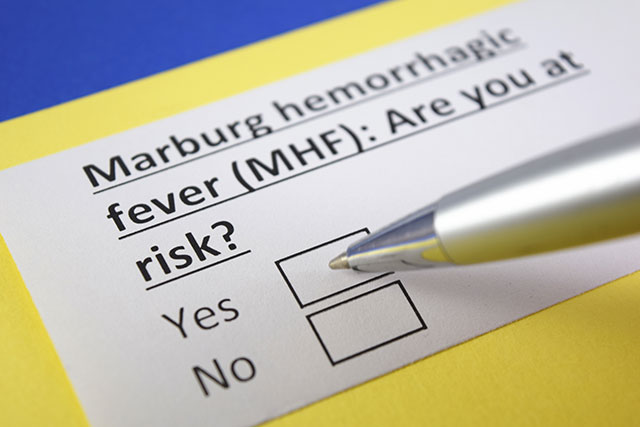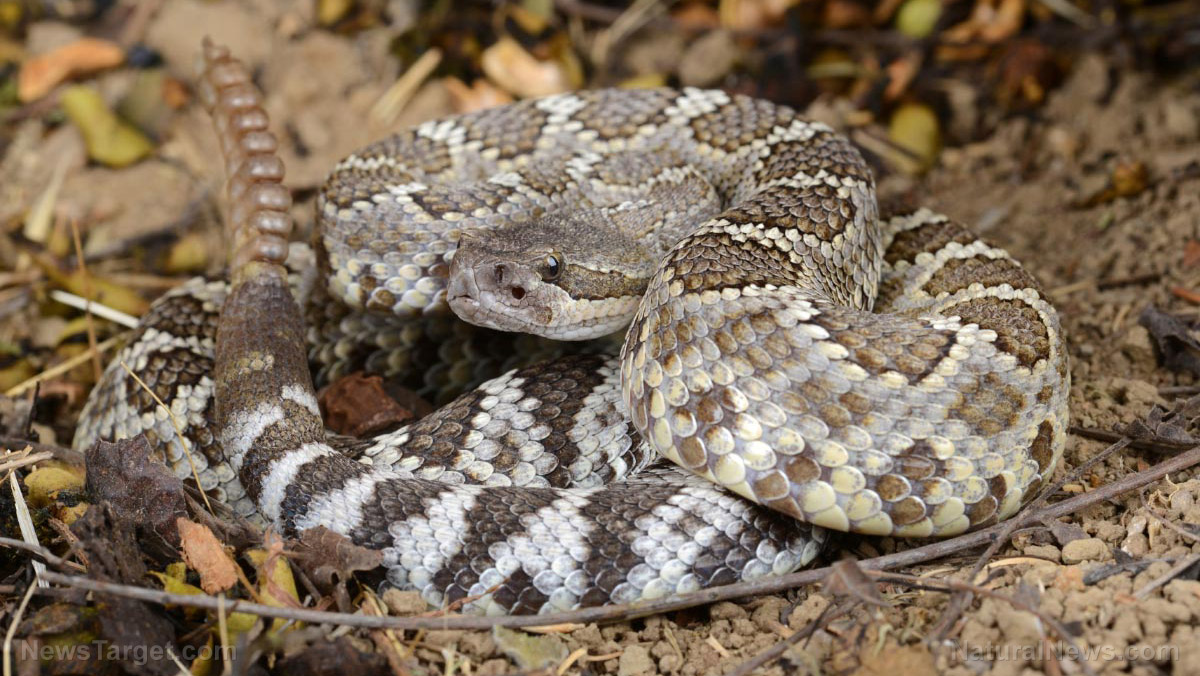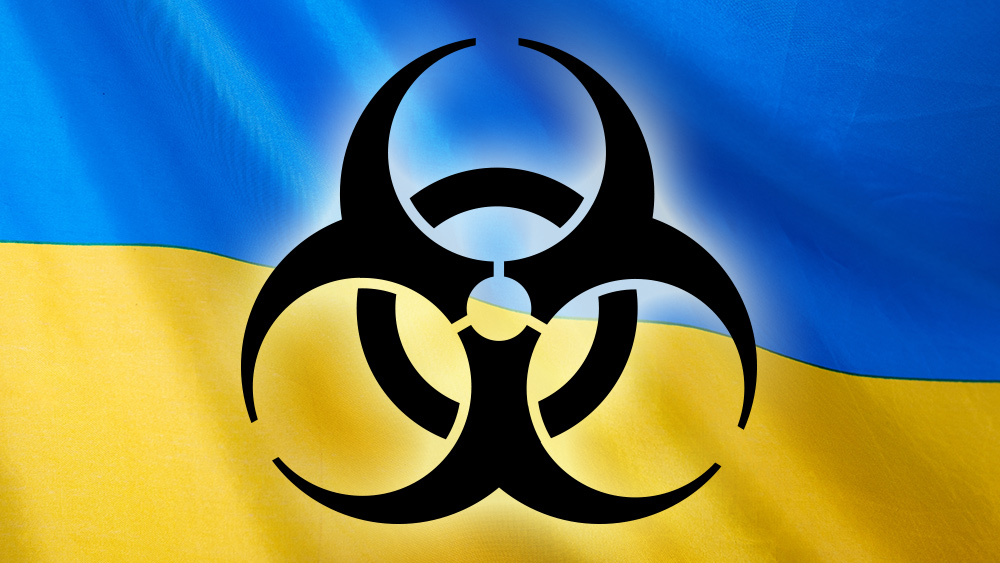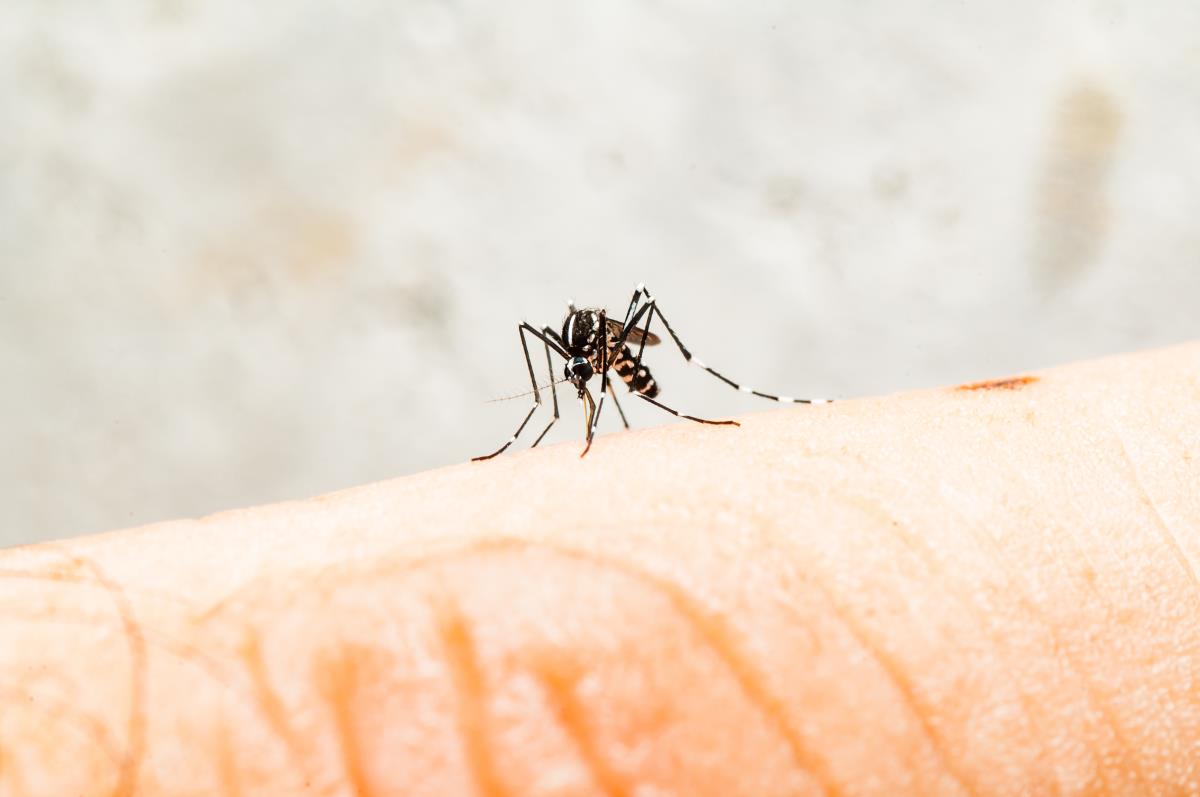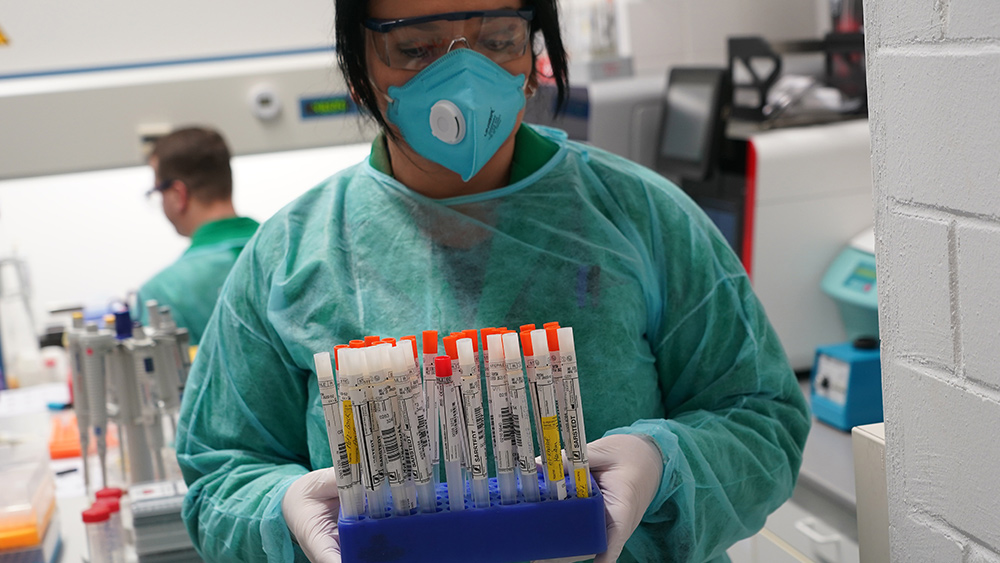Controversy among scientists as “horsepox recipe” becomes public knowledge, raising fears terrorists will “hack” the virus to kill millions
02/24/2018 / By Jhoanna Robinson

A controversial paper, which was published in an issue of the journal PLOS ONE and which documents how to make a virus, has sparked public outcry in the scientific community.
This bug, which is non-threatening to humans, is genetically similar to smallpox — a disease which killed at least 300 million people in the 20th century. Fears have been spreading that this virus would do indescribable harm should it fall under the hands of terrorists, especially with reports circulating that North Korea is mass-producing batches of smallpox.
The new study demonstrates exactly how to make horsepox virus based on trials conducted by Professor David Evans at the University of Alberta in Canada in July 2017. Evans and his colleagues claimed that the goal of the experiment, which was funded by New York-based pharmaceutical company Tonix, was to create vaccines for smallpox.
Evans and his research associate, Ryan Noyce, ordered horsepox DNA online, put them together, and told everyone that the resulting virus was able to infect cells and reproduce.
Experts in their fields chastised the decision to publish the study on Friday, January 23, noting that effective vaccines against smallpox already exist, with the United States government having 28 million doses, and gaining access to another 13 million. (Related: Smallpox vials gone missing from government lab undexpectedly found in cardboard box: this is security?)
Virologist Stephan Becker of the University of Marburg in Germany said there is no market for a horsepox-based replacement for smallpox vaccines. “It simply does not add up.”
“The world is now more vulnerable to smallpox,” said Dr. Thomas Inglesby, director of the Center for Health Security at John Hopkins University in Baltimore, Maryland.
For his part, Andreas Nitsche, who is the chief of the Highly Pathogenic Viruses division at Robert Koch Institute in Berlin, Germany, said: “If anyone wants to recreate another poxvirus, they now have the instructions to do that in one place.”
Virologists even pointed out that even though “some guy in a cave” would not have the capability to recreate the bug, a “reasonably equipped” undergraduate medical student would be able to.
Smallpox vaccines stopped being distributed in the 1980s; most people have no immunity against the disease. Experts are afraid that the virus that causes it, variola, could be used in acts of biological warfare. The last samples of variola are kept under lock and key in Russia and the U.S.
The World Health Organization (WHO) recommends the banning of the synthesis of variola’s full genome.
“This is not something that can be done tomorrow in any lab,” said Gregory Koblentz, a biodefense expert at George Mason University in Arlington, Virginia.
For more stories on viruses, illnesses, and the threat of worldwide pandemics, visit Outbreak.news.
Sources include:
Submit a correction >>
Tagged Under:
biological warfare, bioterrorism, horsepox, hosepox, immunity, pathogenic viruses, poxvirus, smallpox, smallpox vaccine, terrorism, variola, viral strains, virus
This article may contain statements that reflect the opinion of the author
RECENT NEWS & ARTICLES
COPYRIGHT © 2017 BIOTERRORISM NEWS

